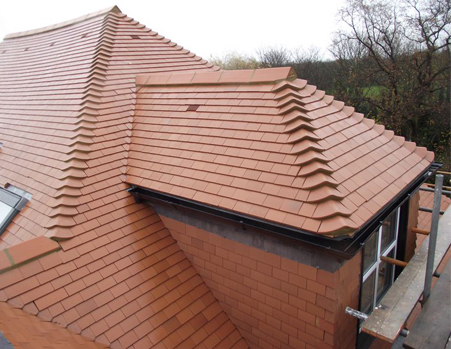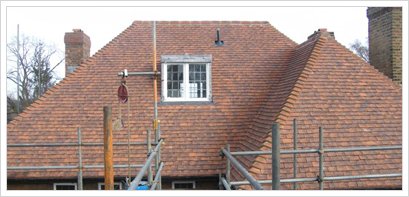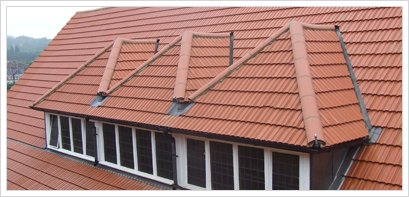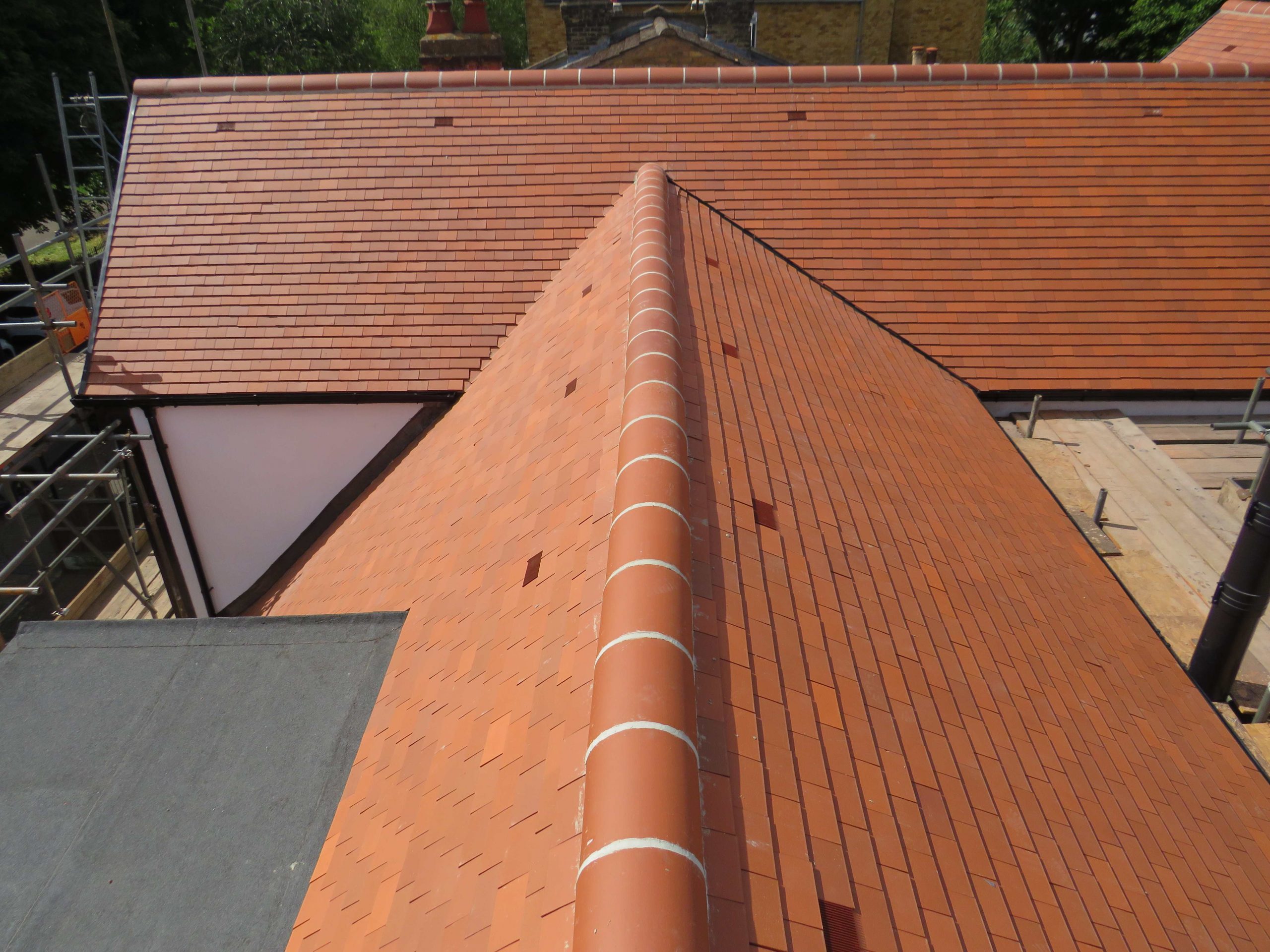Quality Clay and Concrete Tiling Services in London

Ever since the 13th century, clay roof tiles have added a rich tapestry of colors, shapes, and shades to both rural and urban landscapes. Clay roof tiles have played a significant role in the historical development of architecture. The Romans were the first to make and use fired clay tile roofing in this country, and museum collections now bear witness to the widespread employment of this material.
A Historical Perspective on Roof Tiling
In the medieval period, the revival of the craft took place first along the eastern seaboard, where contacts with the continent were strongest and provided a strong, fire-proof alternative to thatching. In 1212 AD, King John issued building by-laws for London to eliminate combustible roof coverings and replace them with tiles. Since that time, clay has been a highly sought-after material. By the 18th century, tiles had become the standard roof covering wherever there was an abundant local supply of suitable raw materials, a source of fuel, and a thriving craft tradition.
The production of clay tiles began as a very small-scale industry, with many districts having only one source of supply. Over time, roofers developed their own construction detailing and distinctive methods of laying roofs that provided their neighborhoods with a unique local appearance and an indigenous form of building. The process of industrialization and the improvements to the national transportation network in the 19th century led to a widespread use of machine-made, though still distinctive, clay roof claddings.


Our Roof Tiling Services in London
We are proud to offer comprehensive Roof Tiling Services in London. Clay roof tiles are a beautiful and understated legacy from the past that continue to echo generations of craftsmen's skills in fashioning rich and colorful roofscapes out of common clay. Generations to come will still be able to enjoy the aesthetic beauty of clay. We install handmade and machine-made clay tiles in various colors to suit all requirements.
A more cost-effective option would be a concrete tile. When concrete tiles were first introduced into the UK in the 1920s, they failed to become popular. However, after World War II, during the massive rehousing program, demand rapidly took off. This era marked a significant shift in Britain's roofing story, as we invested in faster and more automated production lines for concrete tiles.

Concrete Roof Tiling and Installation
By the 1960s, concrete tiles appeared in a larger format than previously seen. They were much more regular in size and shape than clay tiles, making them easier to fix on the roof. The concrete interlocking roof tile is easily the most widely used roofing material in the UK. Easy to produce, consistent in quality, and simple to lay, concrete roofing tiles are available in various patterns and colors, and can be seen on modern developments throughout Britain.
Tiling, Clay and Concrete Services in London
Whether you're looking for a traditional clay tiled roof or a modern concrete tile solution, Horncastle Roofing provides expert Tiled Roofing Installation and Tiled Roofing Repair services. Our team of skilled professionals ensures high-quality workmanship and durable roofing solutions tailored to your needs.
In addition to our roofing installation services, we also offer reliable roof repairs in North London. From minor fixes to major repairs, our team is equipped to handle all types of roofing issues, ensuring your roof remains in top condition. For comprehensive roofing services, including both clay and concrete tiling, contact Horncastle Roofing today. Let us help you create a beautiful and durable roof that stands the test of time.
